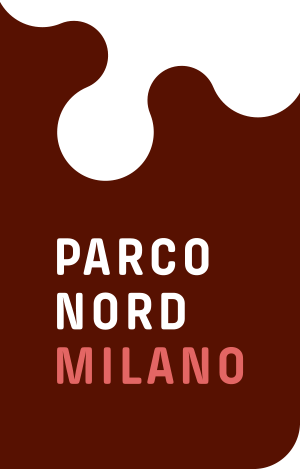THE PROBLEM
Decay of the suburbs and de-industrialisation
In the 1970s, the park area seemed to be “a vacuum of metropolitan suburbs, an interstitial area between municipal borders… the back-shop of the constructed city, … made of residual agricultural areas awaiting transformation and scattered with illegal
dumps, open-air warehouses, scrapyards, spontaneous vegetable gardens, shanty towns camouflaged among the vegetable patches and, last of all, disused industrial areas in a state of abandon; in other words, a collection of non-places.” [F. Borella, planner and first director of the park]
This was the effect of what we can define a double process – on one hand, disordered and sudden construction development, aimed at giving housing to large masses of manual workers from the south of Italy, not only in the 1950s but also, and in particular, in the 1960s, the decade of the economic boom. On the other, there was the process of deindustrialisation, and so the abandon of whole sectors of production, that north Milan experienced from the start of the 1970s.
These two, apparently conflicting, processes led to the construction and overbuilding of one of the most densely-urbanised contexts of Europe and the parallel abandon and decay of areas that were no longer either agricultural or industrial, and not yet built on.
The weight of the historic steel production or metalworking companies, including Falck, Breda, Pirelli and Magneti Marelli, in this landscape was reduced as the factories were progressively dismantled in a constant abandonment and transfer of industrial companies.
The large popular areas welded the north of Milan to its hinterland with their development but without a real urban project, few spaces for social services, meeting together, culture and nature – to be precise, without the necessary attention to the subject of suitability for human living and the quality of life of the residents.
Although it’s true that the historic existence of Bresso airport prevented the construction of additional housing in an extensive buffer zone, to protect the safety of take-off and landing of the aircraft, it’s equally true that this created an ‘on-hold’ situation which increased the degradation – dumps, spontaneous motocross tracks, gypsy camps, illegal vegetable gardens, dilapidated shacks and prostitution.
